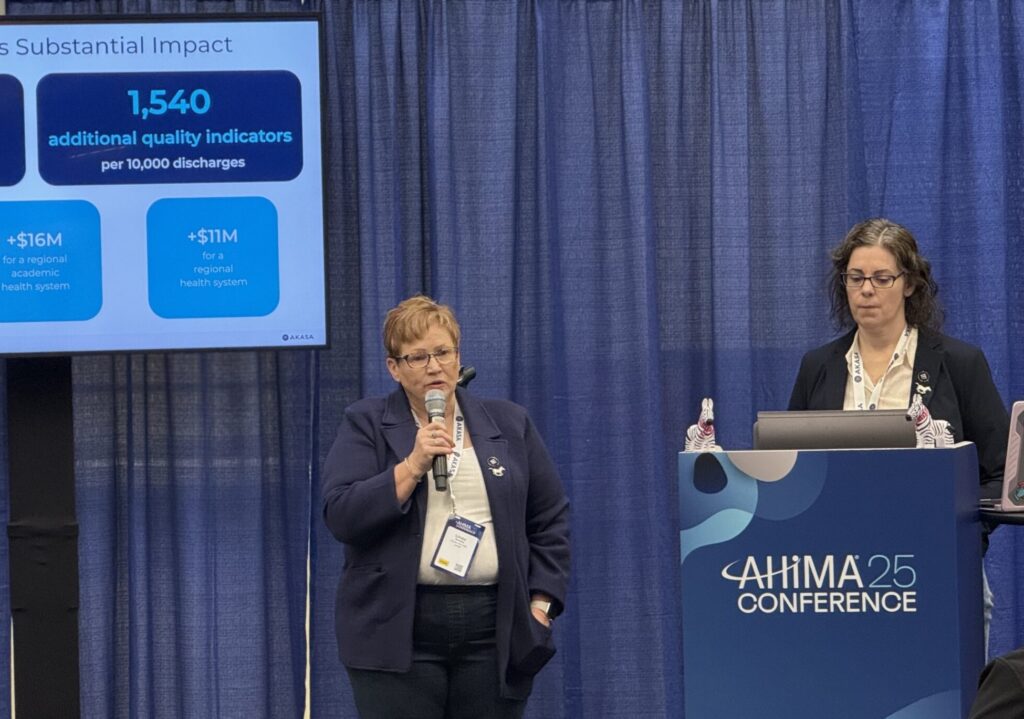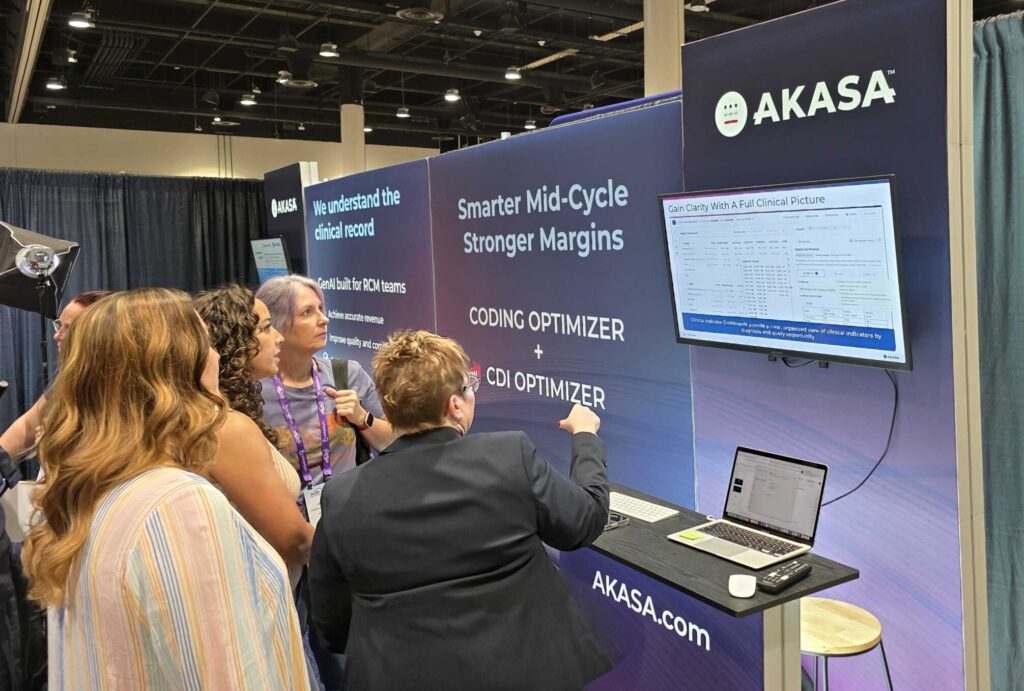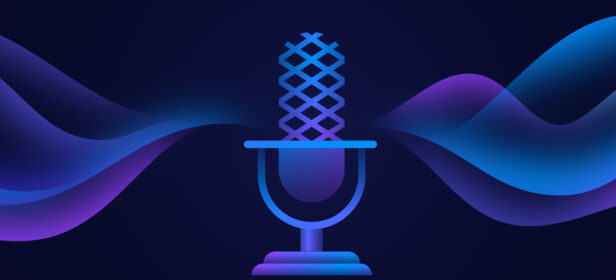The Gist
In today’s sprawling, high-volume clinical records, even the most seasoned clinical documentation integrity (CDI) experts can miss critical diagnoses. This blog tells the story of one such miss — and how GenAI surfaced what a human never could. For healthcare leaders questioning where AI truly moves the needle, this firsthand account underscores its power: not in automation, but in preventing care gaps and safeguarding clinical accuracy. Keep reading for a compelling case for GenAI in CDI.
I’ve been a nurse for more than 40 years. I’ve spent decades reviewing charts — thousands upon thousands of them. I’m fast, I’m thorough, and like most clinical documentation integrity (CDI) professionals with years of experience, I’ve developed a mental shorthand for how I move through a record. Pattern recognition becomes instinct. You learn where things should be. You learn what’s usually noise, and what’s usually signal.
But not long ago, I had an encounter that reminded me why our instincts — no matter how seasoned — will never keep pace with the complexity of today’s medical records.
And it took GenAI to show me that.

The Case That Proved Me Wrong
I was reviewing a chart where the AI suggested “pulmonary embolism” as an opportunity. I thought, “That can’t be right.” So I did what I’ve done for 20 years. I went straight to my usual keyword search.
I typed “embolism.”
The imaging report clearly stated: “No pulmonary embolism.”
Case closed, right?
I was convinced the model was wrong — that it must have pulled the indication for the CT, not the actual findings. I was irritated, honestly. This is the pattern most of us have seen with older technologies claiming they can “think clinically.”
But then the engineers asked me a simple question: “Linda, did you look at the criteria panel?”
And there it was:
The patient did have a pulmonary emboli — buried in a late addendum to a CT of the abdomen.
Not the chest CT I had checked.
Not under “embolism,” the word I searched.
But under “emboli,” a term I didn’t search for and would never have found.
The AI had flagged it correctly, linked me to the supporting documentation, and surfaced the diagnosis I had completely missed.
Why That Miss Matters Clinically
This wasn’t just a documentation win. This was a care gap.
The patient had a DVT and was anticoagulated. The PE meant they likely needed extended anticoagulation, not the typical short course. They may have needed a workup for clotting disorders. Their future mortality risk changed dramatically. A missed PE now could lead to devastating consequences later.
And none of that would have been triggered if the diagnosis had never been coded, which it wouldn’t have been, because I hadn’t seen it.
This is why CDI exists.
This is why accuracy matters.
And this is why generative artificial intelligence (GenAI) is not just another tool. It’s a safety net we have desperately needed.
Want to know more about this technology? Here are 10 Things Healthcare Leaders Need To Know About LLMs and Generative AI.
CDIs Aren’t Failing Because We Aren’t Good Enough
We’re failing because the records are too big. Even the best CDI specialist is no match for the scale of today’s documentation.
A single inpatient stay can produce:
- Hundreds of pages
- Dozens of reports
- Copy-pasted histories
- Late addenda
- Contradictory terminology
- Abbreviations and synonyms for the same condition
The average clinical record has about 50,000 words. And we’re expected to sift through all of it — quickly, accurately, and under increasing pressure from staffing shortages and rising case complexity.
This is no longer human-scale work.
But GenAI can read every word.
It can understand variants like “embolism” vs. “emboli.”
It can pull together clinical evidence across different documents.
It can surface the patterns we would never find manually.
It doesn’t replace CDI judgment — it strengthens it.
This was a common theme at ACDIS earlier this year. Check out the takeaways from that conference.
What That Moment Taught Me
I’m not someone who blindly trusts new tools. I’ve seen too many technologies overpromise and underdeliver. But that day, watching the AI identify something I missed — something that mattered clinically — changed my entire perspective.
It wasn’t about being wrong.
It was about realizing that none of us can catch everything anymore.
The work is too complex.
The stakes are too high.
And the gaps are too dangerous.
GenAI helps us catch the things that fall into the cracks — the addendum no one saw, the alternative wording no one searched, the diagnosis tucked where no human would expect it.
That’s why I believe this technology is the next real leap forward in CDI. Not because it automates us. But because it protects us. And more importantly, it protects patients.
The AKASA Mid-Cycle Prebill Optimization Suite can help with your all-too-common documentation gaps. See the technology in action.


Linda Schatz, RN, BSN, CCDS, is the director of CDI at AKASA. With more than 40 years of experience in healthcare, and the last 15 focused on documentation and coding, she has built a comprehensive career. Schatz started her CDI career as a Medicare auditor and then dove into the CDI space, moving into consulting roles across multiple firms. She has implemented CDI programs across the country, provided CDI education, and spent a large portion of her consulting career in provider education related to documentation integrity at the Advisory Board Company. She has also been the corporate director at a large health system, moving the organization to a centralized program focused on quality. In her current role at AKASA, Schatz acts as a CDI subject matter expert, working with clients and contributing to the development of generative AI-powered CDI tools. She works closely with machine learning teams to improve coding suggestions, manage and audit CDI staff within AKASA, and ensure quality and productivity standards are met.








